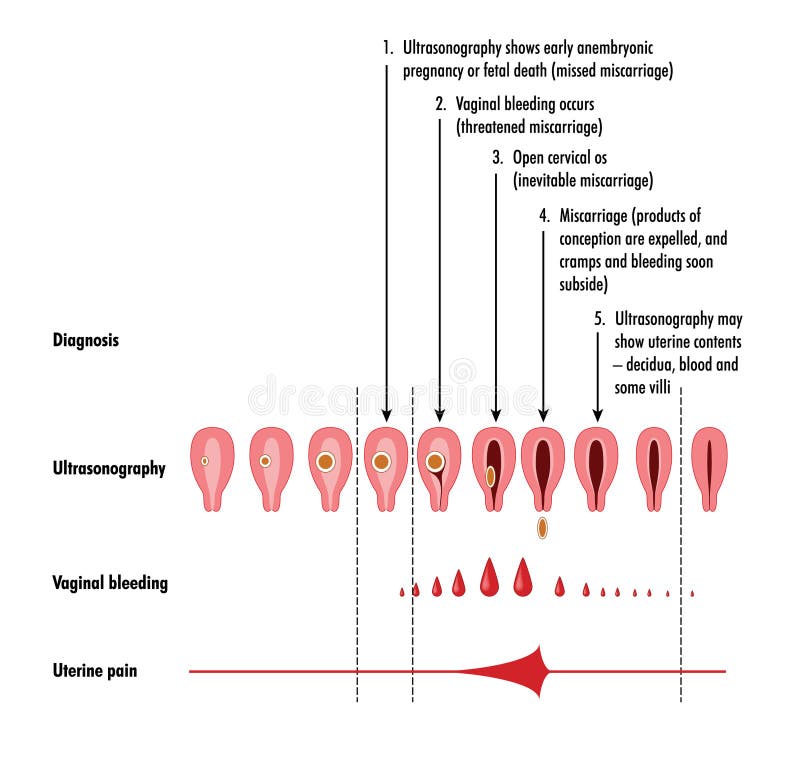Understanding Miscarriage: Signs, Clots & What To Expect
Are you navigating the complex and often isolating experience of pregnancy loss? Miscarriage can be a deeply personal and emotionally challenging event, and understanding the physical and emotional aspects is crucial for healing and support.
The journey through miscarriage is rarely straightforward, and it's common to have a lot of questions, uncertainties, and a need for a supportive community. It's a difficult process, but remember that you are not alone.
The online community dedicated to those affected by or who have experienced a miscarriage offers a safe space to talk about pregnancy loss. This platform is a place for individuals to come together, find support, and connect with others who are going through similar experiences. The creators of this space understand the need for such a community and are here to provide understanding and assistance during this difficult time.
One of the noticeable physical aspects of miscarriage is often the presence of blood clots. These can vary in appearance, with some being thick or stringy. The average blood clot is approximately the size of a dime, although these dimensions can fluctuate. However, a clot larger than a quarter in diameter may indicate an underlying issue that requires medical attention.
Many individuals seek information about the visual aspects of miscarriage, including pictures of tissue or blood clots. They often have questions about the differences between clots associated with a miscarriage and those that occur during a regular menstrual period. When tissue is passed during an early loss, it's often the gestational sac the fluid-filled cavity surrounding the embryo. This sac can be coated in dark blood, although it may appear cleaner in some cases.
Miscarriage bleeding can manifest in various ways, from a sudden onset of heavy bleeding to spotting that gradually intensifies. The color of the blood is usually very bright red and is often accompanied by clots. It's essential to recognize that there is a difference in appearance between period clots and miscarriage clots. Normal periods contain tiny clots that do not appear as often.
The reality is that at 3 weeks of pregnancy, miscarriage rates are extremely high, with many women not even realizing a miscarriage has occurred. For those seeking more in-depth information, it's possible to enroll in miscarriage masterclasses for more insight. These resources may include images of tissues, blood, and details related to the early stages of pregnancy.
If you find yourself facing this challenging experience, remember there is support available, the bleeding will likely settle down within a few days, although it can sometimes last up to 2 weeks. Most women will not be able to recognize anything specific when they experience a miscarriage at this stage.
The medical definition of miscarriage is the spontaneous loss of a pregnancy before 20 weeks of gestation. Early miscarriage signs can include vaginal bleeding, which is a common symptom experienced by many women. The presence of blood clots or fetal parts can indicate that the pregnancy is ending. Remember, only doctors, with the help of an ultrasound scan, can assess your personal situation and make the difference between vaginal bleeding and a miscarriage.
It is not uncommon to experience the passage of one or more blood clots from the vagina, which may also contain white or grey tissue. The bleeding may stop within a few days, but can persist for up to two weeks. Most women are unable to identify any recognizable features during this time.
It is not uncommon to experience the passage of one or more blood clots from the vagina, which may also contain white or grey tissue. The bleeding may stop within a few days, but can persist for up to two weeks. Most women are unable to identify any recognizable features during this time. The visual representation of miscarriage can vary greatly depending on the gestational age. During the early stages, it may only involve seeing clots. As the pregnancy progresses, one might be able to see the pregnancy sac with an embryo. In more advanced miscarriages, it is possible to see a fully formed baby. It is important to approach visual references with caution and understanding, especially as the images may be graphic in nature.
During a miscarriage, you may notice larger-than-usual blood clots and fetal tissue. The blood might also differ in color and texture from your typical period. Many early miscarriages resemble heavy menstrual periods. From 6 weeks onwards, the larger clots are likely to be more visible. They can be quite firm and, depending on the gestational age, there may be many.
The miscarriage photos below are about blood clots, pregnancy tissues and parts of placenta that were expelled from the womb. Be cautious before reaching a verdict. Only doctors, with the help of an ultrasound scan, can assess your personal situation and make the difference between vaginal bleeding and a miscarriage.
Pregnancy tissue can present differently during a miscarriage. It may appear as clots that are dark red or brown, or as greyish tissue that looks like small pieces of material. Some might also experience clear or slightly pink fluid. The clots may vary in color, size, and texture. The colors might range from bright red for fresh blood to dark brown for older blood or grayish or yellowish for tissue. The textures may be smooth or lumpy. Remember, the information provided here is for informational purposes and is not intended to provide medical advice. Always consult with a healthcare professional for diagnosis and treatment.
Miscarriage is a difficult and often isolating experience, and it is important to remember that you are not alone. Seek out support from healthcare providers, support groups, and communities like the one described. These resources can provide comfort, understanding, and valuable information as you navigate this challenging journey.


